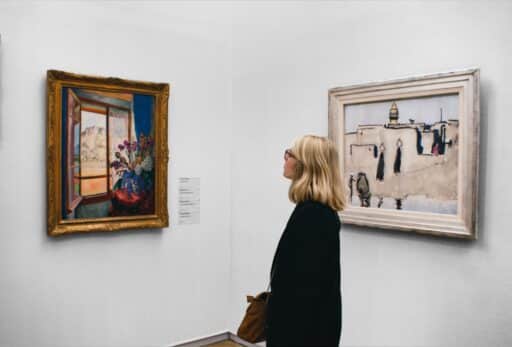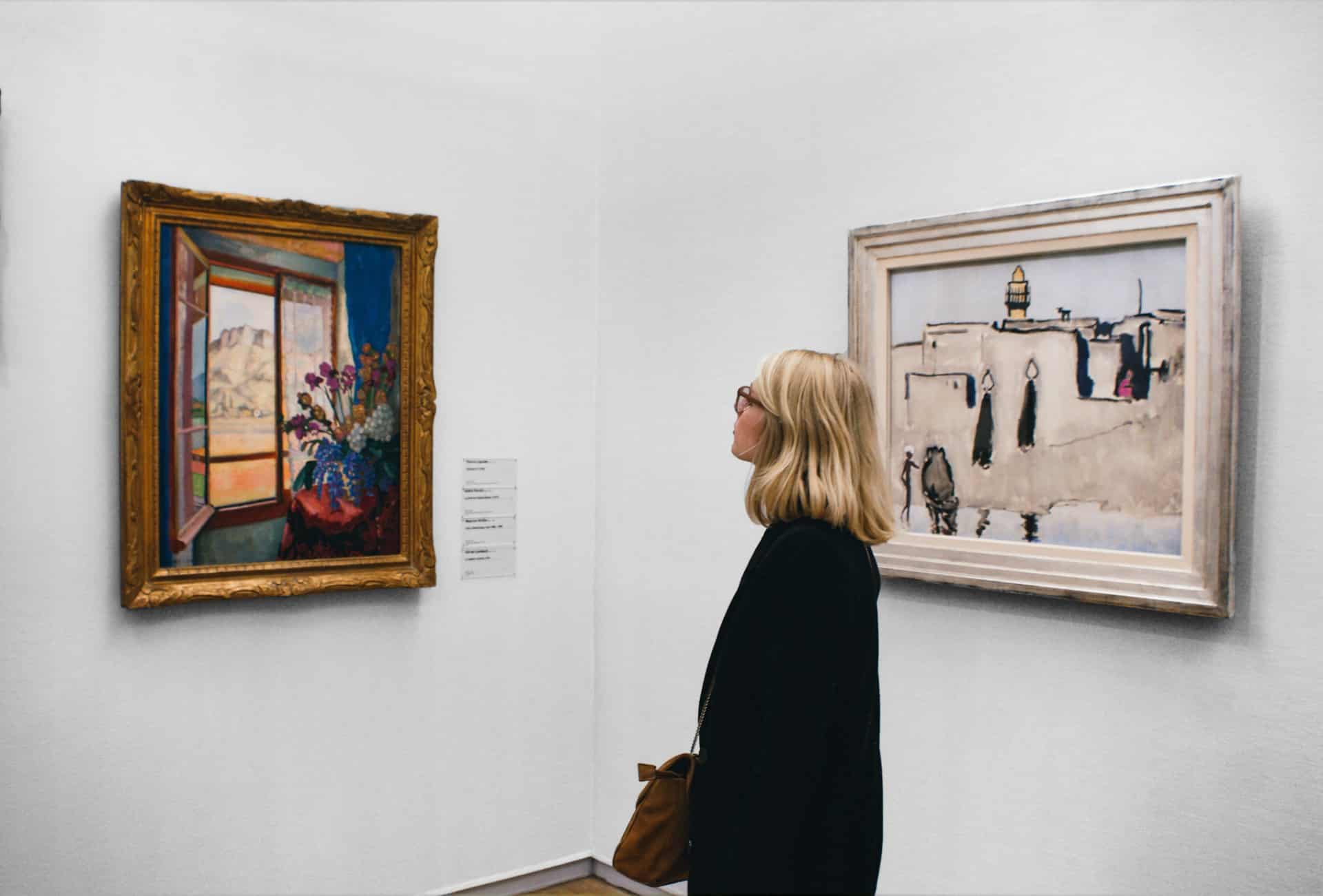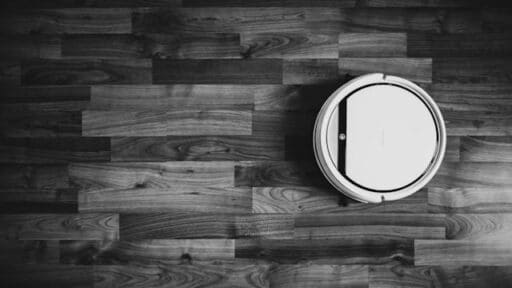There’s something that happens when you walk into a room with real art on the walls. Not art that came in a plastic sleeve from a home goods aisle, but something with actual brushstrokes, quirks, and maybe even a signature you had to squint to read. It doesn’t scream for attention. It doesn’t need to. It just exists, quietly elevating everything around it with the kind of presence that only original work can pull off.
Mass-produced prints, on the other hand, have a very specific energy—and it’s not good. They’re like the fast fashion of interiors. Designed for speed, churned out by the thousands, and destined to be forgotten as soon as the next color palette takes over the Pinterest feed. They don’t belong in homes that are layered and lived-in. They belong in waiting rooms. And that’s being generous.
It Doesn’t Have to Be Expensive to Be Real
There’s this idea that “real art” equals fancy galleries, white gloves, and four-figure price tags. That’s not how this works. Some of the best pieces you’ll ever hang on your walls won’t come from sleek, curated spaces. They’ll come from your grandmother’s attic. From a quiet antique shop off a country road. From a local artist still working a day job but painting her heart out every night. You just have to look.
What matters isn’t the cost or the prestige—it’s that the work was made by a human being. Someone held a pencil or a palette knife or a chunk of charcoal and made that image exist. That matters. It adds soul to your home in a way mass-printed florals and faux abstracts never could.
And yes, stumbling onto original paintings by a famous artist for sale online through auctions, antique dealers and more is not only thrilling but rewarding—but it’s also not the only route. Real art exists at every level. It’s about presence, not price.
Real Art Ages Gracefully, Prints Just Fade
The thing about real art is that it holds up. A piece you bought ten years ago doesn’t look tired, it looks better. Its colors settle in, its edges soften, its story deepens as it becomes part of your life. You remember where you got it. Who you were then. Maybe even who you were with. That connection grows over time, and your home ends up telling a story that’s actually yours.
Mass-produced prints, though? They have a shelf life. A short one. They fade, both literally and metaphorically. You stop noticing them. They stop meaning anything. And eventually, you end up replacing them—not because you want to, but because you don’t care if you do.
That’s what separates the two. Original art becomes part of the landscape of your life. Prints are just placeholders until you realize your walls deserve better.
Trends Come and Go—Real Taste Doesn’t
It’s easy to get pulled into whatever aesthetic is floating around the internet. Beige-on-beige, “eclectic maximalism,” or whatever cottagecore has morphed into this week. But homes that actually feel good, the kind you walk into and instantly feel grounded in, don’t follow trends—they build slowly over time.
The people with the best taste tend to care less about being on-trend and more about what feels right. They collect. They edit. They keep what they love and toss what they don’t. And somewhere along the way, they end up with rooms that are full of personality and totally unrepeatable.
That’s the magic of real art. It refuses to play by the rules of home decor trends, because it wasn’t made to match throw pillows or anchor a gallery wall template. It was made for its own reasons, and when you bring it into your home, it brings all that intention with it. That’s what gives a space depth. Not trendboards. Not TikTok. Not mass-produced beige botanicals in fake wood frames.
It Makes a House Feel Collected, Not Decorated
You know those rooms that just feel finished without looking staged? Nine times out of ten, it’s because they have original art. Not prints. Not digital downloads. Real pieces that were found or gifted or stumbled across, and hung without worrying whether they matched the area rug.
That’s the difference between a house that feels like it was curated over time and one that looks like it was bought on a weekend. When you bring in original art, you bring in a story. Not just the story of the artist, but your story. You remember where you found it. Why did it grab you? Who you were when you said, “Yes, that one.”
You can’t fake that. And you can’t mass produce it, either.
It’s Not Just Decor—It’s Dialogue
Real art makes you stop for a second. Even if you walk past it a hundred times a day, something about it catches your eye when the light hits it differently. Maybe it makes you think. Maybe it just makes you feel. Either way, it’s doing something more than filling space.
You don’t need to know anything about art to love it. You just need to know what you like. And when you start listening to that instinct—following it into antique shops, studio sales, little-known corners of the internet—you end up with walls that start to reflect your own taste, not someone else’s idea of it.
That’s the goal. Not to impress. Not to follow trends. But to live surrounded by things that move you. Mass-produced prints won’t do that. They weren’t made to do that. They’re just noise. Original art, on the other hand, has something to say—and it’s worth listening to.
Buy what speaks to you. And let it be real. Your home doesn’t need more placeholders. It needs pieces that matter. That stands the test of time. That doesn’t just sit pretty, but actually means something to you. You deserve better than a poster pretending to be a painting.








